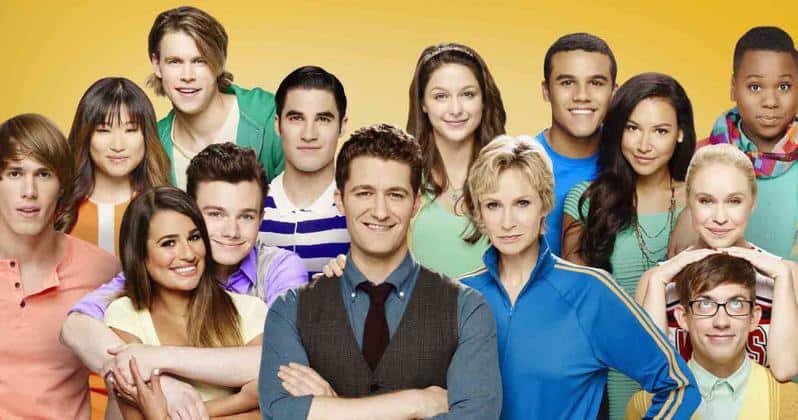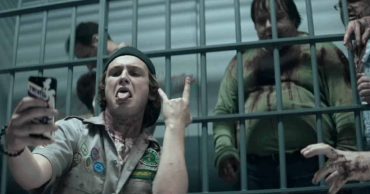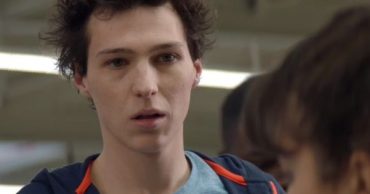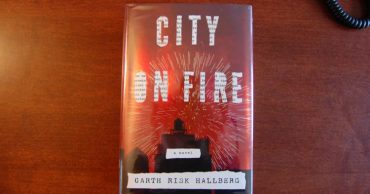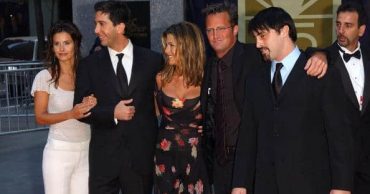In recent years, many new TV shows are focusing on authenticity by incorporating diversity and inclusivity in terms of race and gender. This contributes to a relatable entertainment experience for most viewers, who typically do not get to feel represented on the screen. That being said, with tons of new streaming services popping up everywhere and television productions reaching a never-before-seen height, many old shows are reaching new audiences.
However, with the focus on inclusivity in entertainment, many old shows do not hold up today, especially in terms of representations. Whiley they still have their audience, viewers now wtch these shows in new light and are now hyper aware of their once-ignored probleamtic themes.This list shall recount seven very popular TV shows from the 90s and the 2000s, that haven’t aged well and would be unacceptable if they were created and released in 2023.
1. How I Met Your Mother

The massively popular How I Met Your Mother, which ran from 2005-2014, is unfortunately not standing the test of time due to its use of problematic tropes and toxic characters… we’re looking at you, Barney. The truth is, while everyone loves a good Barney joke, the show often took things too far by calling women “naive” or degrading them as “bimbos”. The misogyny was relentless in How I Met Your Mother.
Xenophobia was also rampant in form of jokes about Canada but also the Latinx community including when Robin went on a trip to Argentina and returned as a “hippie” with a detached-from-reality boyfriend. The representation of Argentines in these couple of episodes is very harmful. Overall, the TV show did not age well, no matter how funny the jokes were in 2007.
2. Glee
Obviously, Glee‘s antagonist “Sue” was not supposed to be everyone’s darling, but did she need to be openly racist? Many things she let out over the course of the show are just blatantly problematic. On top of that, the teenagers were also often lacking in empathy and making arguably the worst decisions. While people can make mistakes, these characters did not have to make the worst possible decisions. From bullying to outing classmates, so much of what the characters did were not okay. Don’t even get us started on Will Schuester.
3. Pretty Little Liars

First of all Pretty Little Liars was a show about 16-year-old high school girls being stalked by an ominous stranger, what is more unsettling and weird than that? Let’s not forget that this show made it seem completely normal that sophomore Aria got into a relationship with her 25-year-old teacher, Ezra Fitz. With a likely very young and impressionable audience, producers have a responsibility not to normalize predatory and illicit relationships.
Another issue on the show was that the only non-cis person and a trans-woman, Charlotte, turn out to be “A” – the personification of evil. The show’s themes leaned into transphobia and fed into harmful stereotypes. Continuing with the phobias, another one of the liars, Hanna, is portrayed as a “fat” duckling turned into a beautiful swan. In flashbacks, her weight-related insecurities, the bullying she experiences, and the relentless taunting from her “friend” Alison, drive her into bulimia. Her recovery (if there was one) is never thematized, and the entire plotline massively glorifies the eating disorder she developed.
4. Gossip Girl
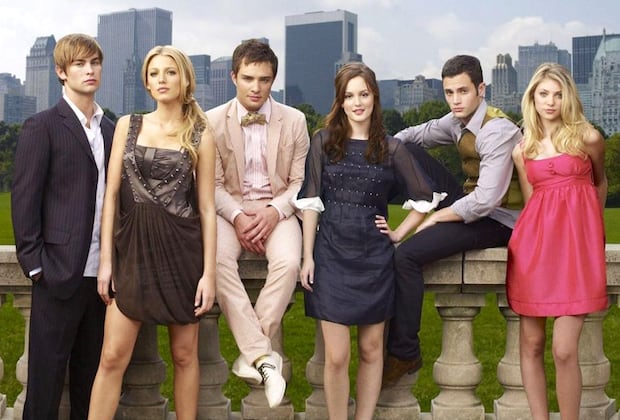
The iconic and exquisite upper east side show, Gossip Girl, with all its allures and intrigues, did not only wow with its bougie characters, but also with its display of their complicated and toxic relationships, the normalization of assault and sexism included. Chuck was the worst character in that regard and although he gets a redemption arc, should he really? Moreover, the show managed to actually normalize classist bullying in a weak attempt to incorporate the middle-class students, Dan and Jenny Humphrey. It is, in fact, quite unrealistic as well since they were the kids of a famous musician and just did not have a trust fund. Throw in the occasional storylines of minors sleeping with adults and you have got a highly problematic 2000s TV show that did not age well.
5. Scrubs

The medical comfort series, Scrubs, often provided viewers with a good laugh, but how often were those jokes at the expense of women and LGBTQ+ people? It’s sad that an otherwise socially progressive keeps making cheap digs at trans women and employs the T-slur in a casual manner. Although the show had a pretty inclusive cast, it still deployed harmful stereotypes such as the “sassy black woman” (Laverne). And although the series often focuses on its male friendships, queerness in a positive light is nowhere to be found.
6. House of Cards
Netflix’s House of Cards, which aired in 2013 and dealt with American politics, has gone sour in the past 10 years, and not only because of Kevin Spacey’s sexual assault allegations. The depiction of the trajectory of democratic politics has been criticized for lacking in accuracy and for portraying ambition as sociopathic since Frank Underwood gets away with murdering and manipulating for his increasingly successful political ascension. Character traits such as egoism and manipulation, which the show suggests as driving forces for success, can negatively influence the audience.
7. Sex and the City
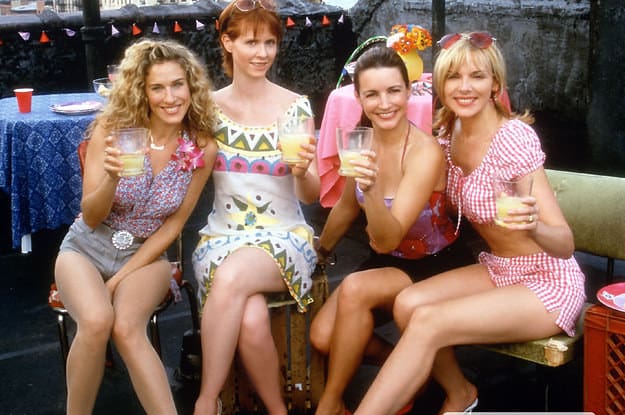
Although the 90s classic Sex and the City was revolutionary TV in various ways, it did have a couple of episodes that did not age well. A valid example is how Carrie dealt with the bisexuality of a then-partner, calling it a “layover to gay town.” Evidently, therewith the show invalidated and contributed to stereotypical views of bisexuality. Other episodes portray stereotypical gay weddings, the women often joke in a “light” manner about gay men, and portraying Stanford Blatch as the token gay best friend.
What’s more, although sex is openly talked about, Samantha is continuously slut-shamed by the other women. All in all, the show aged like milk. Even though most of these programs will probably continue to be watched, it’s always good to take them with a grain of salt.Hanna
 Follow Us
Follow Us
